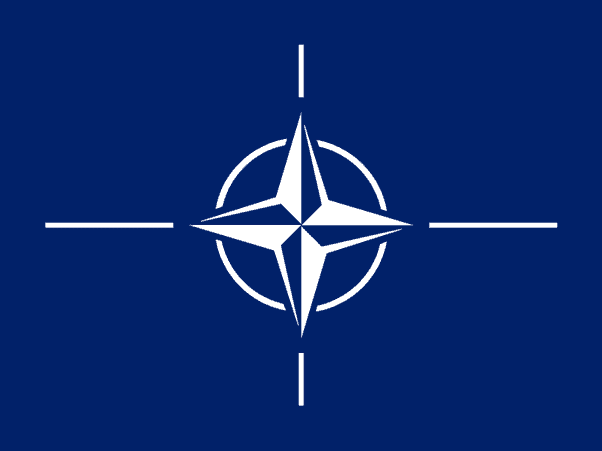
How things change. The NATO Strategic Concept is a key document for the Alliance. It reaffirms NATO’s values and purpose, and provides a collective assessment of the security environment. It also drives NATO’s strategic adaptation and guides its future political and military development. In the 2010 Strategic Concept we assumed Russia would be a strategic partner, and that the Alliance would have 18-24 months warning time for a conventional attack. The Russian annexation of Crimea in 2014 was a wake-up call. Allies realised that attack scenarios were closer to 24 hours than 24 months. They accepted that Russia was not a partner, but a strategic competitor and clear threat. NATO adapted slowly, with a range of measures to modernise, reassure and re-focus the Alliance back to the challenges of Collective Defence. Ukraine is a second wake-up call, a reminder that there is no room for political complacency (‘the curse of our forces and the killer of our men’ to quote MG Francis Tuker Commanding 4th Indian Division 1941-44) when it comes to implementing our response.
What response? NATO Leaders have already approved a new, single, strategic scale Concept for the Deterrence and Defence of the Euro-Atlantic Area. It is based on a simple insight: that if you are to deter, you must demonstrate an unambiguous ability to defend, and defence relies on controlling multiple geographic areas and multiple domains of warfare simultaneously.
Further work is underpinning this approach with a family of plans that bring these ideas to life and are being tested, to be embraced in totality (I suggest) as part of an updated Strategic Concept at the NATO Summit this June.
NATO is also developing its thinking on Multi-Domain Operations (MDO). For those interested in this work, the UK Joint Concept Note (JCN) 1/20, Multi-Domain Integration (MDI) is worth a read. MDO-MDI are not just defensive concepts - although forcing the enemy to defend all domains all the time from all directions will impose multiple dilemmas and open up vulnerabilities – but equally as applicable in offensive operations (and in engaging for influence).
We still need men and women with fighting spirit to close with and engage the enemy, and to hold ground including (lesson re-learnt from Ukraine) urban areas, but the pace of technological advancement remains the major driver for change.
As the JCN states new technologies that combine processing power, connectivity, automation, quantum computing, machine learning and artificial intelligence will allow not just a new generation of weapons systems, but new ways in war.
True, but only if you have the digital natives - the digital integrators - to make all this work.
This demands a 21st Century talent management system that delivers today. From the response to my earlier articles, no-one thinks we have cracked this problem or worked hard enough to discover hidden potential in order to resolve the people challenge of today (one framed by the changing character of conflict in the information age, fierce competition for talent, and workforce cost inflation which continues to outstrip forecast resources).
And yet we know that many companies fail, not because they do something wrong, but because they keep doing what used to be the right things for too long – falling victim to the rigidity of their business model.
Today is the tomorrow we worried about yesterday. Ukraine will surely accelerate our adaptation and reform process, our willingness to invest to address known capability shortages and to try new approaches. Allies admired the intellectual rigour that underpinned the UK Integrated Operating Concept, the Defence Command Paper and (in the case of the Army) the Future Soldier Paper, but the punchlines and timelines for delivery may need to be re-visited. Configuring to operate below the threshold of military conflict and adopting a policy of graduated readiness for war now looks unsound, as is a reduction in the levels of UK combat power committed to NATO.
The focus on new technologies is clearly right, but we have all learnt to fear the promise of jam tomorrow. We are learning much about the levelling effects of Commercial Off-the-Shelf (COTS) capabilities, and these may provide a bridging solution.
Allies want (even more now) a clear line between the Russian threat and the defence response. We need (for example) to look at ammunition consumption rates, at fighting in urban areas and we need to find people who enable us to harness and exploit the power of technology.
This will take curiosity and creativity to find a solution by looking at our existing and untapped talent pools. This includes hunting down digital natives and looking to upskill those currently serving in the armed forces and our reserves, our veterans and our military spouses. It also requires us to fill the remaining gap from untapped talent pools: the neurodivergent, the old, the unemployed and underemployed, many of whom have hidden talents.
Through the work we are doing at WithYouWithMe, I think we are making good in-roads in pockets throughout UK Defence. But in the end a solution requires a fundamental shift in thinking – and that change must happen today.
Learn more about how you can source, recruit and deploy diverse new talent into your organisation or find untapped talent within your existing workforce. Explore Discover Potential.